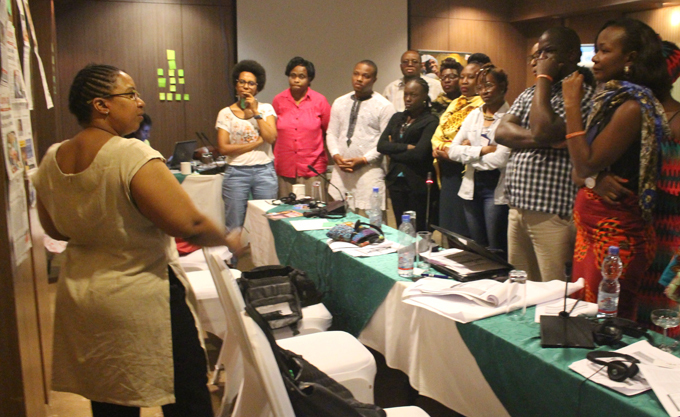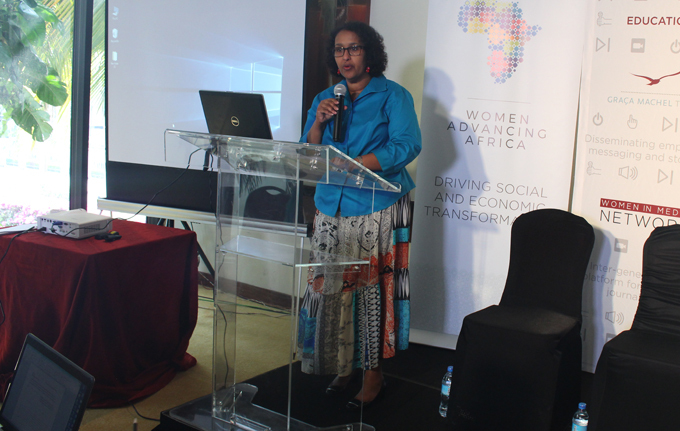Women remain an untapped gold mine for media houses
They are leaders and innovators responsible for many of the positive developments
As newsrooms struggle to break new market spaces, women could be that much needed ground that needs to be exploited.
According to gender and media experts, newsrooms need to take advantage of the potential that lies in attracting female readers, a section that constitutes over 50% of most populations.
Women according to the experts have consistently been portrayed as victims rather than major players in the social, political and economic spaces in the different countries. This continues to hinder their positive participation as newsmakers.
While opening the ongoing four day training for journalists from the continent in Dar es Salaam, the UN Women Tanzania country representative, Hodan Addou, stressed that African Women are more than mere bystanders to development; they are proven agents of change.
They are leaders and innovators responsible for many of the positive developments.
"We need to change this narrative that relegates African women to a role of despondent individual, incapable of helping herself; a one-dimensional personality that only focuses on fashion, food and romantic relationships," she stressed.
By changing the way stories concerning women are covered, media trainer, Karen Williams explained that this could turn them (women) into an important market.

Veteran journalist and trainer Karen Williams taking journalists through some concepts of gender responsive reporting.
"The more positive female representation, the more the readership and that is revenue for the media house," she said adding that women can only pay for stories that do not demonise them but rather portray them as change makers.
But as explained by seasoned journalist and former executive director of the Tanzania Media Women Association, Valerie Msoka, women need to trust reporters to be able to portray them fairly.
Citing research studies, Msoka noted that women are more than twice likely as men to be portrayed as victims.
As stressed by the other experts, creating a balance of the voices and stories according to the experts not only helps builds readership, listenership or viewership, it also has an immense impact in society.
But this, as Msoka explains, takes deliberate editorial decisions to switch the narrative. It is a duty of a journalist to find the women in the places where they live and work such as markets and the rural areas.
Though the experts appreciate the challenges that come with accessing women as sources, it is paramount for journalists to take deliberate steps to cultivate trust to be able to attract the female gender.
"It is not going to be easy to get the women who are out rightly willing to speak. But if they trust you, they are able to open up."

UN Women Tanzania country representative Hodan Oddou making a presentation during one of the sessions.
A 2014 study carried by the Uganda Women Media Association shows a glaring disparity on who makes the news in most media outlets.
The study that analysed five of the major dailies showed that majority (78%) of the news makers quoted were men (direct - 41%; Indirect - 37%) while only 22% were women (direct - 13%; Indirect 9%), out of the total of 6,295 persons quoted.
The same study showed that most of the photographs used in the different newspapers merely exaggerated and emphasised women's physical appearance which doesn't not usually add to the context of the story.
But this, as shown in the US' Women's Media Centre 2017 report is not just a Ugandan or African problem, it's a global problem. Men according to the centre, still dominate media across all platforms with change coming only incrementally.
The training, part of the UN Women 2015 initiative, ‘African Women changing the narrative' is targeting the media as one of the key stakeholders in breaking gender stereotypes but also telling a better story of the African woman.